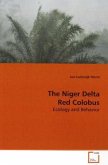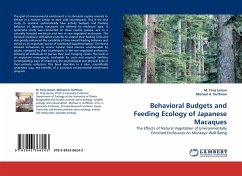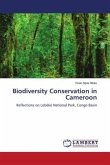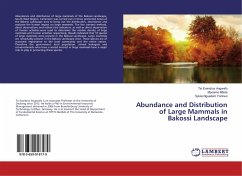The feeding and population ecology of red colobus monkey was studied in Korup national park Cameroon. Red colobus monkeys were mostly found in regions of gallery forest formations which were confined specifically within small streams and rivers characterized by tall trees measuring up to 30 meters and above. Reproductive ecology of the species indicated mating largely occurred during the dry season and birth peaks marked by increase in number of infants were more prevalent during wet season. This reproductive pattern coincided with periods of newly flushed and nutritious leaves of feeding trees. Species were observed to cover long distances more than a kilometre during peak dry season periods mainly as result of food scarcity. Despite classified as endangered red colobus were hunted by local hunters for food and the bush meat trade. It was recommended more surveillance and law enforcement actions can be carried by national park services to combat wildlife poaching in the area particularly endangered species. The species high dependence on old mature rainforest like Korup requires actions be taken against deforestation and conversion of forest lands for agriculture.








